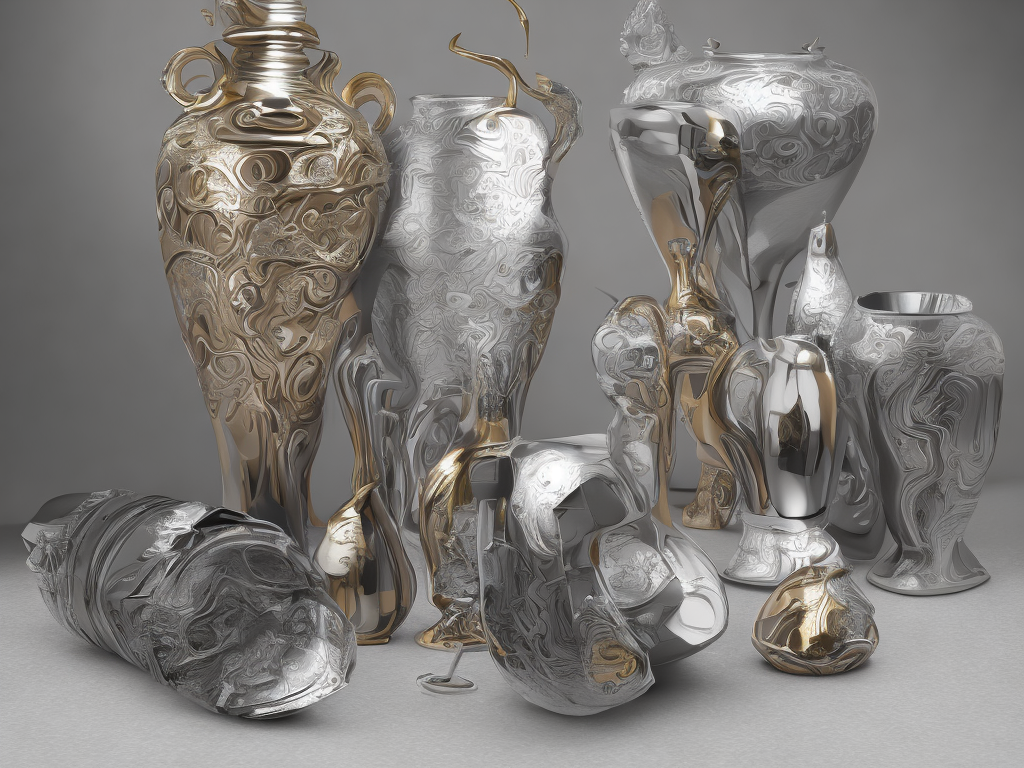
Alloys and ceramics are two different types of materials with distinct properties and uses. While both are widely used in various industries, they differ significantly in terms of composition, structure, and properties. Understanding the differences between alloys and ceramics is important, particularly for engineers and scientists who are involved in material selection, design, and application.
Alloys
An alloy is a mixture of two or more metals or a metal and a non-metal element. Typically, alloys are formed by melting the components and combining them in a specific ratio. During the cooling process, the molten mixture solidifies, resulting in a homogenous material with unique properties. The properties of alloys can be altered by changing the composition, cooling rate, and other processing parameters. Some common examples of alloys include stainless steel (iron-chromium-nickel), brass (copper-zinc), and bronze (copper-tin).
One of the main advantages of alloys is their ability to combine the desirable properties of multiple metals into a single material. For instance, stainless steel is resistant to corrosion, strong, and durable, making it an ideal choice for applications that require those attributes. Additionally, alloys can be engineered to have specific properties, such as high strength, conductivity, or ductility, depending on the intended use.
Ceramics
Ceramics, on the other hand, are compounds composed of metallic and non-metallic elements that are usually formed by heating a mixture of components. Ceramics are known for their extreme hardness, high melting point, and resistance to chemical and thermal degradation. Some common examples of ceramics include pottery, bricks, tiles, and advanced ceramics like silicon carbide, alumina, and zirconia.
One of the most significant properties of ceramics is their high strength and stiffness. Ceramics are capable of withstanding extreme temperatures and stresses, making them suitable for applications in harsh environments. Additionally, ceramics are often used in electrical, thermal, and optical applications due to their unique properties.
Differences between Alloys and Ceramics
The main differences between alloys and ceramics lie in their composition, structure, and properties.
Composition: Alloys are made up of two or more metals or a metal and a non-metal element. Ceramics, on the other hand, are usually composed of metallic and non-metallic elements. While some ceramics may contain metals, the primary composition is non-metallic.
Structure: Alloys have a crystalline structure that results from the arrangement of atoms or ions in a regular pattern. In contrast, ceramics have an amorphous structure, which means that they lack a definite pattern or arrangement.
Properties: Alloys are known for their strength, ductility, corrosion resistance, and conductivity. While ceramics have many similar properties, they are primarily known for their hardness, high melting point, and resistance to wear and tear. Ceramics are also brittle, meaning that they are prone to cracking or breaking if subjected to high stress or impact.
Applications: Alloys are used in a variety of applications, including construction, transportation, electronics, and aerospace. Ceramics are commonly used for applications that require high strength and heat resistance, such as cutting tools, turbines, and protective coatings.
Conclusion
Alloys and ceramics are two primary categories of materials that have unique properties and applications. While alloys are compositional mixtures of metals, ceramics are compounds that contain metallic and non-metallic elements. Alloys are known for their strength, conductivity, and ductility, while ceramics are known for their extreme hardness, high melting point, and resistance to wear and tear. Understanding the differences between alloys and ceramics is crucial for engineers and scientists involved in material selection and design, as it can help to ensure the appropriate materials are used in their intended applications.
 Self-Instruct
Self-Instruct